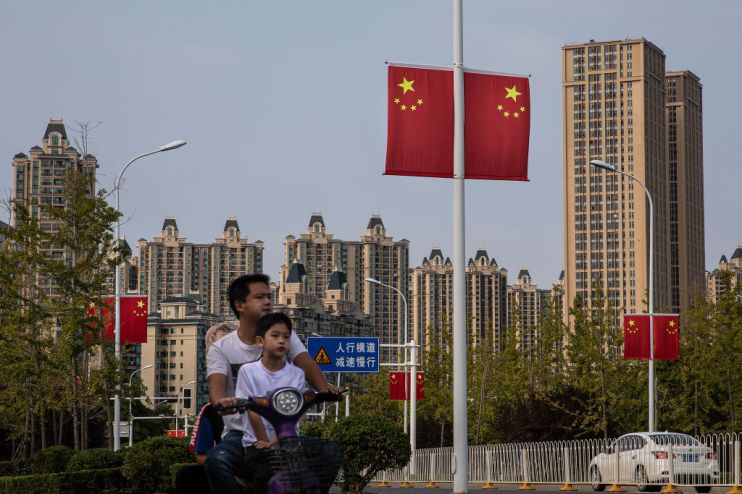China’s CPI inflation at three-month low in June, spurring economic stimulus talks

China’s economy showed mixed signals in June with consumer prices rising modestly for the fifth straight month but missing expectations, while producer prices stayed in deflationary territory.
These developments come ahead of an important policy meeting of the Chinese Communist Party (CCP) next week. The focus of the July 15-18 CCP meeting is expected to prioritize addressing tensions with Washington and boosting domestic demand.
According to official data released on Wednesday by the National Bureau of Statistics, China’s consumer price index (CPI) edged up by 0.2 per cent in June, marking the slowest pace in three months.
This growth was slower than the 0.3 per cent increase observed in May and fell below economists’ forecasts of a 0.4 per cent rise.
The slower-than-expected CPI growth suggests that consumer demand within China remains subdued.
On the other hand, the producer price index (PPI), which measures the prices businesses receive for their goods and services, contracted by 0.8 per cent in June.
Although this decline was an improvement from the 1.4 per cent contraction in May, it marks the third consecutive month of deflation in producer prices.
This persistent deflation in the PPI reflects ongoing challenges in China’s industrial sector, which continues to grapple with overcapacity and weak global demand.
“We still see some upside to inflation in the coming months given that the economy is in the midst of a cyclical recovery. However, the deepening declines in factory-gate prices of consumer durables underscore that excess manufacturing capacity remains a worsening issue,” said Gabriel Ng, Assistant Economist at Capital Economics.
“Government policy is still prioritising investment which is set to exacerbate the problem further. This will continue to weigh on inflation and we think CPI will rise just 0.5 per cent y/y this year.”
Core CPI, which excludes volatile food and energy prices, increased by 0.6 per cent year-on-year in June, slightly slower than the 0.7 per cent rise recorded in the first half of the year.
This slower core inflation indicates that underlying price pressures remain contained, despite efforts to stimulate economic activity.
China’s economy faces several headwinds, including deflationary pressures and a property market crisis, which have dampened overall economic sentiment.
Economists remain cautious about the country’s growth prospects, especially as China targets a modest growth rate of around 5 per cent for the year amid persistent economic uncertainties.
Despite these challenges, China’s central bank has signalled its commitment to maintaining accommodative monetary policies.
The People’s Bank of China has reduced banks’ required reserve ratios, aiming to inject liquidity into the financial system and support lending to businesses and consumers.
This policy stance is seen as crucial in mitigating the impact of economic headwinds and supporting China’s gradual economic recovery.
Investors are closely watching for further monetary policy measures from the central bank, anticipating additional easing actions to bolster economic growth and stabilize financial markets in the face of ongoing uncertainties both domestically and globally.
“Soft inflation and weak credit data are presenting a compelling case for further monetary policy easing from the PBOC in the coming months,” said Lynn Song, Chief Economist, Greater China at ING.
“While we believe the PBOC has likely held back on cuts in order to avoid adding to RMB depreciation pressure, we expect to see 1-2 rate cuts in the second half of the year, with a stronger case for cuts if the Fed begins its rate cut cycle.”